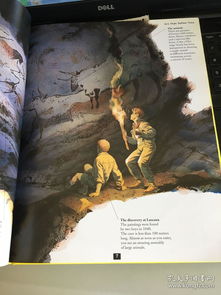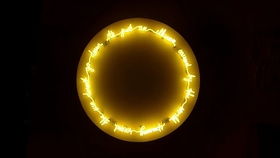Content:
Are you a daily angler looking to elevate your fishing game by targeting the majestic giant catfish? These magnificent creatures, known for their impressive size and voracious appetites, can be quite the challenge to catch. However, with the right techniques and a bit of patience, you can increase your chances of landing a big one. In this article, we'll delve into the art of catching giant catfish, offering you valuable tips and techniques to help you become a seasoned angler in no time.
Understanding the Behavior of Giant Catfish
Before you embark on your quest to catch a giant catfish, it's crucial to understand their behavior. These fish are often found in slow-moving rivers, lakes, and reservoirs, where they can be found lurking in deep holes, submerged trees, or near underwater structures. Knowing their preferred habitats and feeding patterns will greatly enhance your chances of success.
Choosing the Right Equipment
To tackle the formidable giant catfish, you'll need the right equipment. Here's a list of essential gear:
Rod and Reel: Opt for a heavy-duty rod and reel combo designed for heavy-duty fishing. A rod with a minimum of 8 to 10 feet in length and a medium-heavy to heavy action will provide the necessary leverage to land a large catfish.
Line: Use a monofilament line with a breaking strength of at least 20 to 30 pounds. Braided line can also be effective, but make sure it's strong enough to handle the strain of a giant catfish.
Hook: A large, strong hook, such as a 7/0 to 9/0, is ideal for giant catfish. The hook should be sharp and made of high-quality material to ensure a secure bite.
Leader Line: Attach a 6 to 12-inch leader line made of fluorocarbon or monofilament to your main line. This will help protect your main line from abrasion and provide a better chance of landing the fish.
Sinkers and Swivels: Use a heavy sinker to keep your bait on the bottom, and a swivel to prevent line twist.
Selecting the Right Bait
Giant catfish are opportunistic feeders and will eat a variety of baits. Here are some effective options:
Live Bait: Live bait, such as shad, minnows, or bluegill, is often the most effective. These baits mimic natural prey and can entice even the most cautious catfish.
Cut Bait: If live bait is not available, cut baits such as cut shad, cut bluegill, or even chicken liver can be highly effective.
Artificial Lures: Large, heavy-duty artificial lures, such as swimbaits or jigs, can also be used to attract giant catfish. These lures can be worked through the water column to cover more ground and trigger strikes.
Setting Up Your Fishing Spot
To increase your chances of catching a giant catfish, it's important to choose the right spot. Here are some tips:

Research: Before you go fishing, research the area and identify potential hotspots, such as deep holes, submerged trees, or areas with a lot of aquatic vegetation.
Patience: Once you've found a promising spot, be patient. Giant catfish can be unpredictable, and it may take some time to get a bite.
Adjustments: If you're not getting any bites, don't be afraid to move to a different location or change your presentation.
Techniques for Catching Giant Catfish
Now that you have the right equipment and bait, it's time to put your skills to the test. Here are some techniques to help you catch a giant catfish:
Trolling: Trolling can be an effective way to cover a lot of water and attract catfish. Use a heavy-duty rod and reel, and let your bait drift naturally behind the boat.
Bottom Bouncing: Attach a heavy sinker to your line and let it drag along the bottom. This technique can be particularly effective in areas with a lot of structure.
Jigging: Work a large, heavy-duty jig through the water column. Jigging can be an excellent way to trigger strikes from catfish that are suspended in the water.
Dead Sticking: Simply let your bait sit on the bottom without moving it. This technique can be effective in areas with a lot of natural structure or cover.
Timing: Giant catfish are often most active during twilight hours, so consider fishing during these times to increase your chances of success.
By following these tips and techniques, you'll be well on your way to catching a giant catfish. Remember, patience and persistence are key, and with time, you'll develop the skills necessary to become a master angler. Happy fishing!












